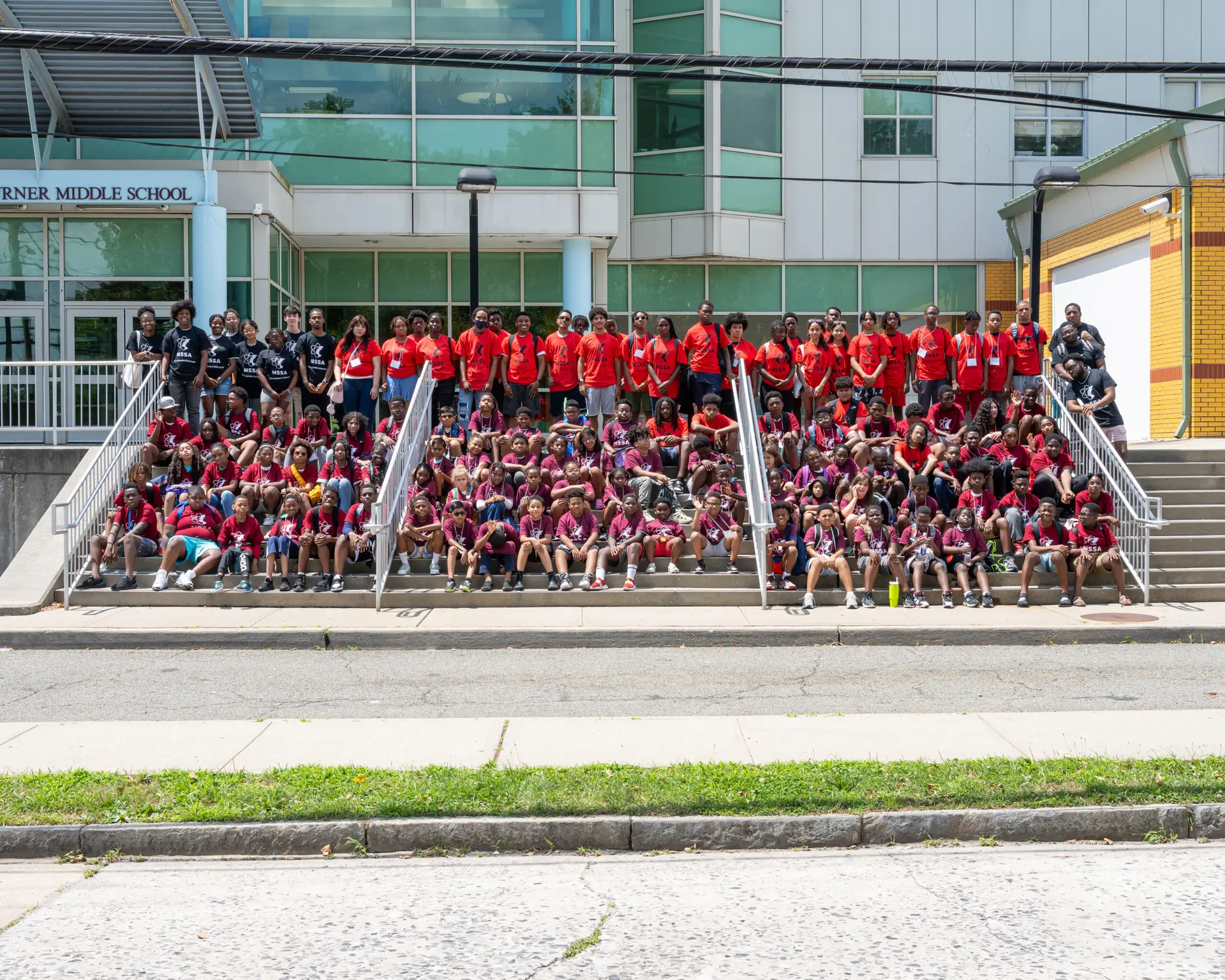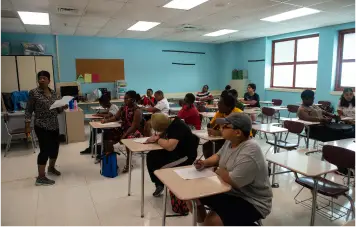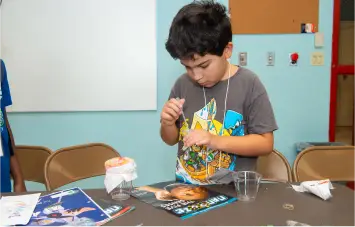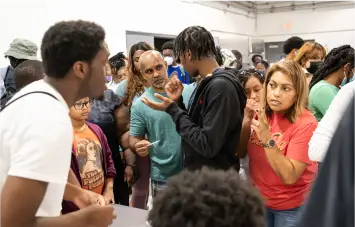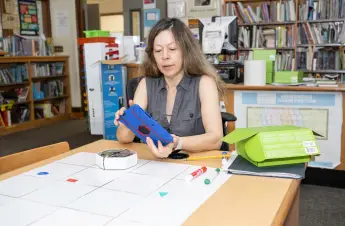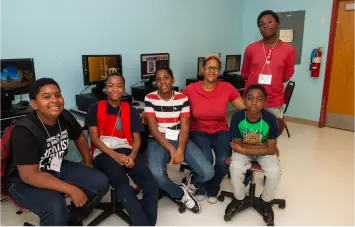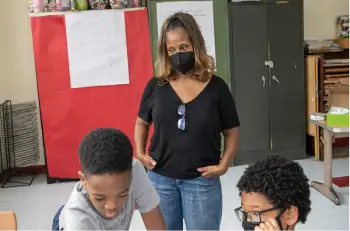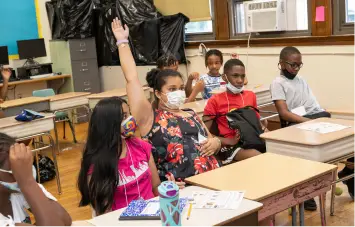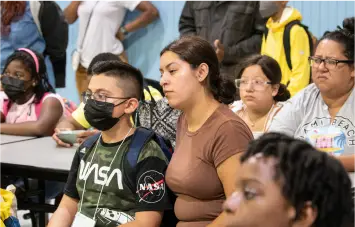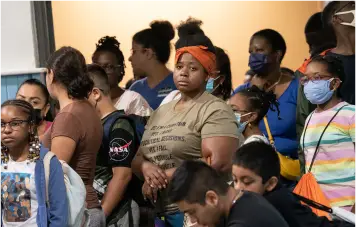NSSA's First STEM Program
Looking Back:
The 2014 Inaugural STEM Program
2014 Summer STEM Camp
Our Free, Barrier-Breaking STEM Programs Are Made Possible with the Generous Support of Our Partners and Sponsors.















At the Beginning
Our Very First Stem Program in 2014 Marked the Beginning of Our Mission to Introduce Underprivileged Students to the Wonders of Science and Help Them Realize Their Full Potential. We’ve Been Building on Our Successes Ever Since.
Our inaugural program was delivered during the Summer of 2014 to twenty-seven 7th graders. Almost 80 percent of the students who attended this first program would return for at least two other NSSA STEM classes prior to their graduation from High School.
Science, mathematics, and engineering are critical to society’s infrastructure for the 21st century, and preserving that future requires an investment in our youth today. Studies have shown that the United States will face a critical shortage of engineers, scientists, and other technically trained workers in the near future. To help address the city of Mount Vernon’s math and science crisis, as evidenced by recent test scores provided below, the NSSA at Mt. Vernon is committed to creating an informal science and technology center that will have a transformative impact on the 9,000 children attending public schools annually.
The NSSA at Mt. Vernon Summer Program provided activities, experiments, projects, and field experiences for students entering 8th grade in the fall of 2014. The program promoted science, technology, engineering, and mathematics (STEM) education and addressed our historically underserved and underrepresented students with limited opportunities. Students attended the camp free of charge.
Students in grade 7 who possessed an interest in science and mathematics, at least an 80 average in science and mathematics courses, and a passing score on the state’s standardized English Language Arts and mathematics tests were eligible to apply.
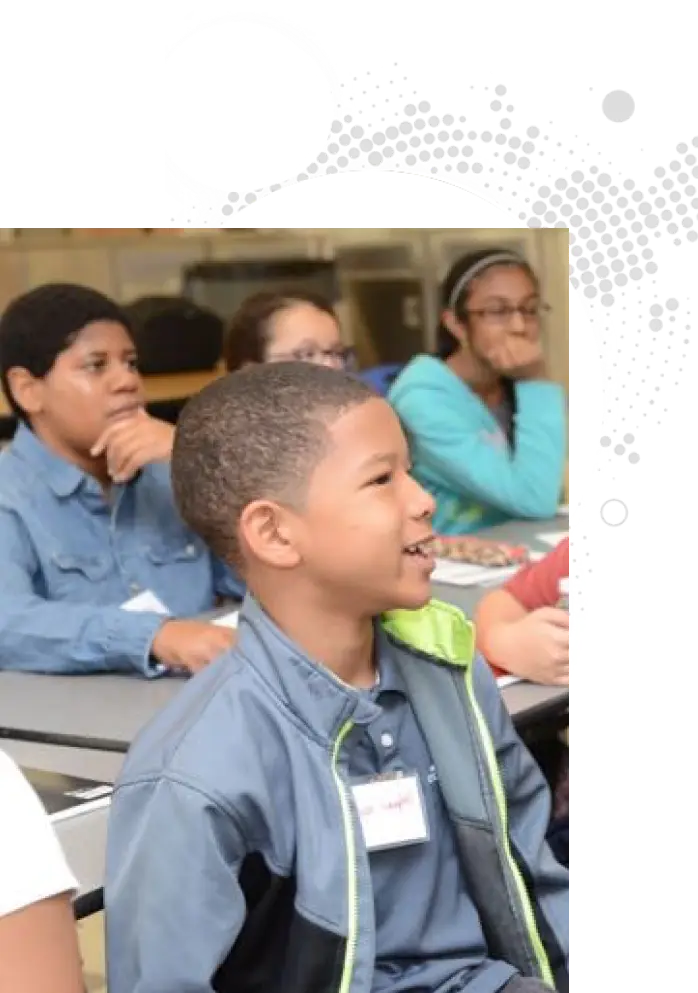
2014 Summer STEM Camp Program Description
The NSSA Summer STEM Camp was a two-week academic program that emphasized increasing students’ mathematics and science knowledge and skills, stimulating their interest in STEM as a potential career path. Students attended classes that included problem-solving, research, critical thinking, and communication skills incorporated into biology (genomics), chemistry, physics, environmental sciences, earth sciences, engineering, technology (robotics), and design concepts and go on field excursions.
The summer program curriculum, instruction, and assessment were tightly interwoven to support student learning and ensure students have equal access to a rigorous curriculum. To this end, the curriculum was designed to address the expectations of the New York State Common Core Learning Standards (CCLS).
During camp, students will primarily learn about Genomics and Robotics, along with a science and math class to help them prepare for what they will encounter in the eighth grade. The NSSA is open to the following groups:
- Historically underserved and underrepresented students with limited opportunities
- Students in grade 7 that are interested in science and mathematics
- Students with at least an 80 average in science and mathematics
- Students with at least a passing score on state standardized tests in English Language Arts and Mathematics Session topics and activities include:
- Examination of various disease genomes
- Genetic differences among individuals that influence how each person may respond uniquely to a particular disease
- Linear Equations & Functions
- Model Robot Project competition
- A preparation class centered on what the students can expect in their studies of science and math when they return to school in the eighth grade
The NSSA goals are to provide students with information and rich learning experiences regarding:
- Interdisciplinary nature of genomics and robotics
- What careers are possible with a degree in STEM
- What academic skills are necessary to succeed
- Preparation of Math and Science success in the eighth grade
Understand the connections between proportional relationships, lines, and linear equations….
- Graph proportional relationships, interpreting the unit rate as the slope of the graph. Compare two different proportional relationships represented in different ways. For example, compare a distance-time graph to a distance-time equation to determine which of two moving objects has greater speed.
- Use similar triangles to explain why the slope m is the same between any two distinct points on a non-vertical line in the coordinate plane; derive the equation y = mx for a line through the origin and the equation y = mx + b for a line intercepting the vertical axis at b. Analyze and solve linear equations and pairs of simultaneous linear equations.
- Solve linear equations in one variable.
- Give examples of linear equations in one variable with one solution, infinitely many solutions, or no solutions. Show which of these possibilities is the case by successively transforming the given equation into simpler forms until an equivalent equation of the form x = a, a = a, or a = b results (where a and b are different numbers).
- Solve linear equations with rational number coefficients, including equations whose solutions require expanding expressions using the distributive property and collecting like terms.
- Analyze and solve pairs of simultaneous linear equations.
- Understand that solutions to a system of two linear equations in two variables correspond to points of intersection of their graphs, because points of intersection satisfy both equations simultaneously.
- Solve systems of two linear equations in two variables algebraically and estimate solutions by graphing the equations. Solve simple cases by inspection. For example, 3x + 2y = 5 and 3x + 2y = 6 have no solution because 3x + 2y cannot simultaneously be 5 and 6.
- Solve real-world and mathematical problems leading to two linear equations in two variables. For example, given coordinates for two pairs of points, determine whether the line through the first pair of points intersects the line through the second pair.
Standard 4: Physical Setting
Students will understand and apply scientific concepts, principles, and theories pertaining to the physical setting and living environment and recognize the historical development of ideas in science.
Key Idea 3: Matter is made up of particles whose properties determine the observable characteristics of matter and its reactivity.
Objects in the universe are composed of matter. Matter is anything that takes up space and has mass. Matter is classified as a substance or a mixture of substances. Knowledge of the structure of matter is essential to students’ understanding of the living and physical environments. Matter is composed of elements that are made of small particles called atoms. All living and nonliving material is composed of these elements or combinations of these elements.
3.1 Observe and describe properties of materials, such as density, conductivity, and solubility.
3.1a Substances have characteristic properties. Some of these properties include color, odor, phase at room temperature, density, solubility, heat and electrical conductivity, hardness, and boiling and freezing points.
3.1b Solubility can be affected by temperature, surface area, stirring, and pressure.
3.1c The motion of particles helps to explain the phases (states) of matter as well as changes from one phase to another. The phase in which matter exists depends on the attractive forces among its particles.
3.1d Gases have neither a determined shape nor a definite volume. Gases assume the shape and volume of a closed container.
3.1e A liquid has a definite volume but takes the shape of a container.
3.1f A solid has a definite shape and volume. Particles resist a change in position.
3.1g Characteristic properties can be used to identify different materials and separate a mixture of substances into their components. For example, iron can be removed from a mixture by means of a magnet. An insoluble substance can be separated from a soluble substance by such processes as filtration, settling, and evaporation.
3.1h Density can be described as the amount of matter that is in a given amount of space. If two objects have equal volume, but one has more mass, the one with more mass is denser.
3.1i Buoyancy is determined by comparative densities.
Key Idea 4: Energy exists in many forms, and when these forms change, energy is conserved.
An underlying principle of all energy use is the Law of Conservation of Energy. Simply stated, energy cannot be created or destroyed. Energy can be transformed from one form to another. These transformations produce heat energy. Heat is a calculated value which includes the temperature of the material, the mass of the material, and the type of the material. Temperature is a direct measurement of the average kinetic energy of the particles in a sample of material. It should be noted that temperature is not a measurement of heat.
4.2 Observe and describe heating and cooling events.
4.2c During a phase change, heat energy is absorbed or released. Energy is absorbed when a solid changes to a liquid and when a liquid changes to a gas. Energy is released when a gas changes to a liquid and when a liquid changes to a solid.
4.2d Most substances expand when heated and contract when cooled. Water is an exception, expanding when changing to ice.
4.2e Temperature affects the solubility of some substances in water.
Impact
Transforming Lives: Success Stories of Impact from our STEM Education Initiatives
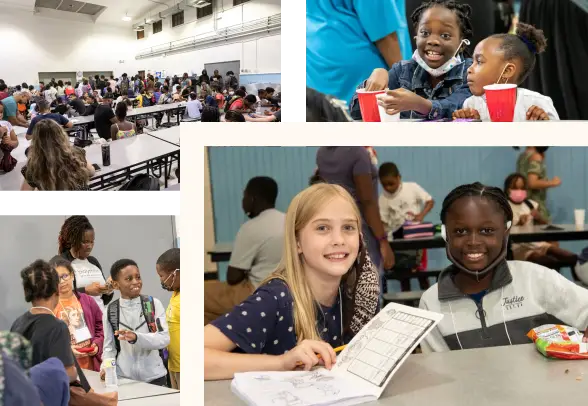
Do you see our future doctors, scientists, technologists and engineers? We do!
We’re so proud of our more than 3,500 participating students over these past ten years who live in Mt. Vernon; the NSSA intends to help them beat the odds that right now, in Mt. Vernon, are against them.
With the kind backing of our friends and supporters, we are providing our children with access and exposure to enhanced, challenging STEM learning that, when coupled with hard work and persistence, will allow them to break through existing barriers and achieve lifelong success.
As proud as we are of our more than eighty prior programs and the many accomplishments, the future of our children and our community demands that we do more.
Discover the impact that the NSSA has had on the lives of underprivileged and at-risk students. Through our STEM educational programs, we have empowered these students to unlock their potential and pursue their dreams. Read their stories and be inspired by their accomplishments.



